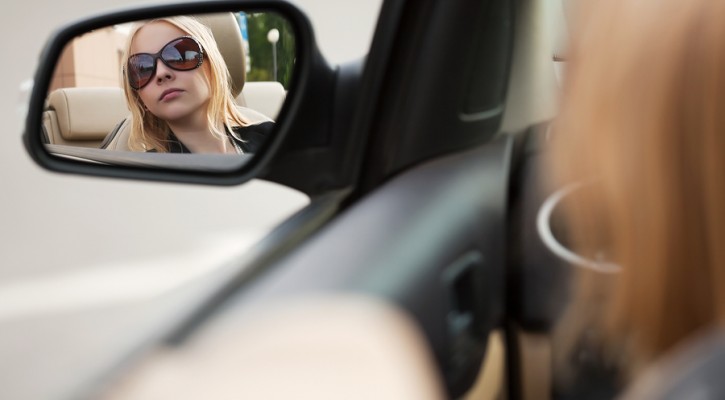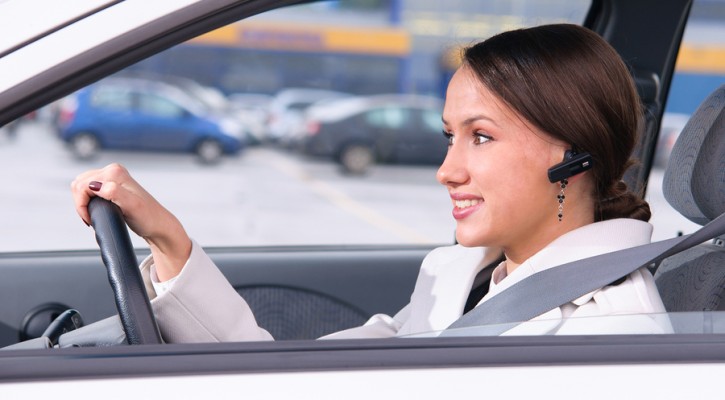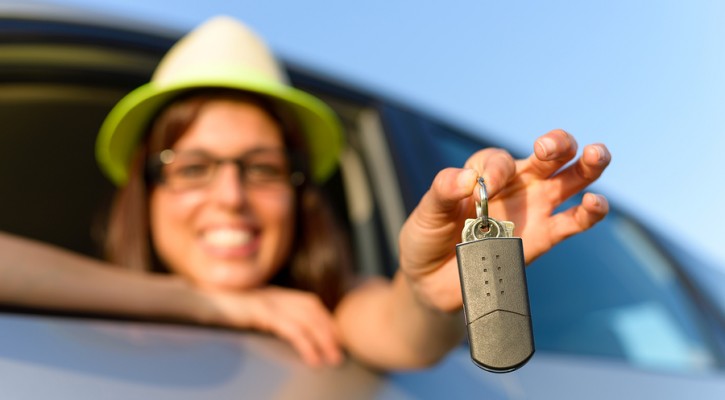Lane Change Etiquette
April 14, 2014
If you want to change lanes in traffic, you need to know how to do it correctly. Official laws concerning lane changes can vary from state to state, but for the most part, police will readily pull over any driver that changes lanes in a dangerous manner. For this reason, it’s best to learn all the nuances of lane-changing etiquette.
Never change lanes in a blind spot. This is especially important when changing lanes next to larger trucks and 18-wheelers. Instead, try to change lanes before you hit their blind spot, or continue in your own lane until you pass their blind spot. Remember, if you can’t see their mirrors then they can’t see you.
Always check your blind spot. After checking your mirrors and making sure your vehicle is a safe distance from those ahead of you, take a quick glance over your shoulder to check your blind spot before changing lanes.
Use your blinkers. They are there to warn other drivers of the direction you intend to go. Police are always on the lookout for drivers weaving between lanes without blinkers, making the highways more dangerous for everyone around.
Don’t tailgate. There is no reason to tailgate a vehicle before switching lanes to pass them. It’s not smart, it’s certainly not safe, and you can actually get ticketed for it. If you notice that the driver ahead of you is moving at a slower pace, then prepare to switch lanes before you are riding their bumper.
Don’t cutoff other vehicles. This is an offense that puts people’s lives in danger, and if an officer sees you cutting off another driver they will ticket you for either a) reckless driving, b) unsafe lane change, or c) aggressive driving. These can be serious offenses, which result in a greater number of marks on your record and higher insurance rates.
Don’t linger in the fast lane after passing a vehicle. If you have changed lanes to pass another vehicle, then move back over after you can see both of their headlights in your rearview mirror. This allows other vehicles to use the fast lane for passing, aiding in traffic flow and making the highway safer for all drivers. Plus, many states have made it illegal to obstruct traffic by cruising in the left lane.
Following these rules of the road will not only make you a safer driver, but also a smarter and more courteous driver, which makes the roads safer and more pleasant for everyone involved.

Cameras to Replace Mirrors
April 4, 2014
In the not-so-distant futures, automakers may replace side view mirrors with cameras to completely eliminate blind spots, increase the field of vision, and improve fuel efficiency. See the full story here:
Houston’s Pro-Cyclist City Plan
March 26, 2014
Houston has taken a huge step towards improving bicycle safety. “By working together we can become one of the most bicycle-friendly cities in the nation,” Mayor Annise Parker said in a press release. That’s big news for a big city that isn’t known for its bicycle-friendly infrastructure. However, city officials and safe-biking activists have collaborated to create plan that just might work.
Dubbed “Goal Zero”, the improved safety plan includes stepping up enforcement and penalties for reckless drivers and cyclists, and launching a public awareness campaign that could integrate with the drivers license test. Additionally, the city is dedicating $50,000 to hire a firm that will create a Bicycle Management Plan to help guide future infrastructure and recommend locations for dedicated bike lanes on Houston streets.
No matter what city you are in, respecting and sharing the road with cyclists is vital to ensuring everyone’s safety. Give cyclists plenty of room, pass with care and don’t ever, ever drive distracted.
Lights, Camera, Action!
March 26, 2014
It took 11 months, 3,000 pictures and a lot of coffee to rebuild his engine. What he did with the images afterwards is a benefit to all of us wanna-be mechanics and future engineers… not to mention Fantasia fans.

Distracted Driving and Hands-Free Phones
March 20, 2014
Cell phones have come a long way in our lifetime. They have transformed from a simple communication device into something far more complicated, and far more dangerous when combined with a car.
Hands-free solutions don’t necessarily solve the problem, either. There are speaker phones, wired headsets, Bluetooth connections, FM transmitters and full in-car integration systems now available. However, studies show that hands-free cell phone users are still more likely to become distracted while driving. No, it’s best to just put the phone away and enjoy the drive.

